31 January 2020
What is WMI? Windows Management Instrumentation Explained
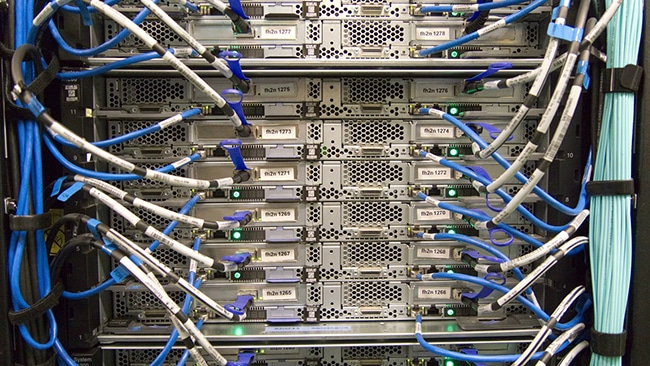
What is Windows Management Instrumentation (WMI)?
Windows Management Instrumentation (WMI) represents an all-encompassing platform developed by Microsoft, designed to unify the administration of devices and applications within a network environment powered by Windows computing systems. It provides users with valuable information about the status of local or remote computer systems, making it an indispensable tool for administrators managing various Windows operational environments. WMI, a key component of Microsoft’s management infrastructure, comes pre-installed on Microsoft’s newest operating systems and is designed to reduce the maintenance and cost of managing enterprise network components.
WMI provides a consistent model of the Windows operating systems, configuration, and status in enterprise networks, offering a COM API that allows access to management information about the status of local or remote computer systems. Developers and IT administrators can write WMI scripts or applications to automate administrative tasks on remote computers, with management applications or scripts able to perform operations or get data through WMI in a variety of programming languages. Its flexible and extensible architecture provides support for new devices, applications, and other enhancements, making WMI a powerful and flexible tool for managing and monitoring the Microsoft Windows operating system.
Introduction to Windows Management Instrumentation (WMI)
Windows Management Instrumentation (WMI) is a powerful feature of the Microsoft Windows operating system. It is a part of the infrastructure for management data and operations on Windows-based operating systems. WMI represents a collection of guidelines established by Microsoft, designed to streamline the administration of devices and applications within a network environment that utilizes Windows computing systems. It provides users with information about the status of local or remote systems and computer systems.
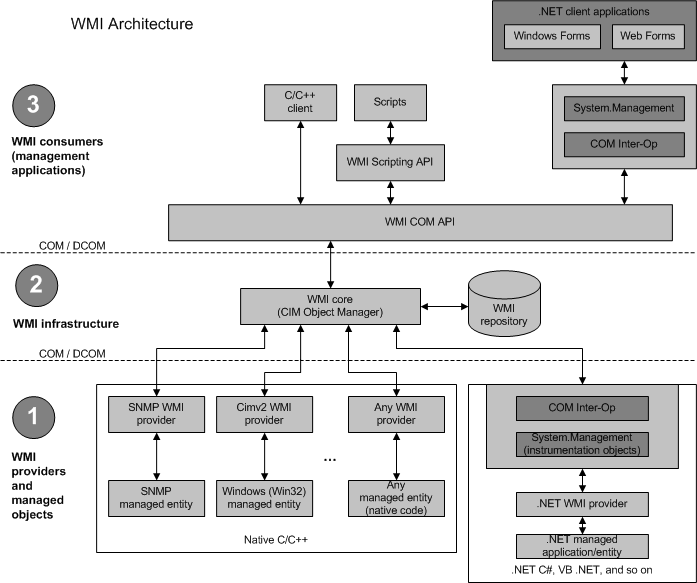
Understanding the WMI Architecture
The WMI architecture is a flexible and extensible architecture that is designed to provide a unified way of accessing management information in an enterprise environment. At the heart of the WMI architecture are the WMI providers. WMI providers act as intermediaries between the WMI service and the managed objects in the Windows Driver Model. They supply the WMI service with data from managed objects and handle requests to change the state of managed objects.
The WMI repository is a crucial component of the WMI infrastructure. It stores the static data and the definitions of all WMI classes, which are the templates for the instances of management data. The WMI repository also stores the definitions of all the WMI namespace namespaces, which are logical divisions of the WMI class hierarchy.
WMI vs. Other Management Protocols
Windows Management Instrumentation (WMI) is often compared to other management protocols like the Simple Network Management Protocol (SNMP). While both protocols are very fast and highly efficient, they go about their business in very different ways. For managing Windows devices, WMI is probably the better option, while SNMP is widely supported by networking vendors like Cisco, Juniper, Huawei, and Unix/Linux operating systems.
Working with WMI
Working with WMI involves using the WMI command line, WMI Query Language (WQL), and WMI scripts. The WMI command line tool, also known as WMIC, is a command-line interface to the WMI API. It allows administrators to perform various system management tasks from the command prompt. For example, to access WMI from the command prompt, type WMIC and press Enter.
WMI scripts are used to automate administrative tasks and manipulate management data. These scripts can be written in any language that supports Microsoft ActiveX scripting, including:
- VBScript
- Perl
- Windows PowerShell
WQL is a subset of SQL with extensions to support WMI events and other features specific to the WMI system. WMI queries are used to retrieve management data from the WMI repository. There are three types of WMI queries: Data Queries, Event Queries and Schema Queries.
Data Queries
Data queries are the most common type of WMI Query Language (WQL) query. They are used to retrieve data from the WMI repository. Data queries can be used to retrieve instances of a specific class or to retrieve instances that meet certain criteria. For example, a data query might retrieve all instances of the Win32_Process class (which represents processes running on a Windows system), or it might retrieve only those instances where the Name property is “notepad.exe”.
See below for a data query example that requests the event log file named “Application” from all instances of Win32_NTLogEvent.

Event Queries
Event queries are used to subscribe to events in WMI. An event in WMI is a significant occurrence in a managed object that might be of interest to management applications. For example, an event might be generated when a process starts or stops, when a disk drive becomes full, or when a network connection is lost. Event queries can be used to subscribe to these events and be notified when they occur.
There are two types of event queries: intrinsic event queries and extrinsic event queries. Intrinsic event queries subscribe to events that are automatically generated by WMI when instances of a class are created, modified, or deleted. Extrinsic event queries subscribe to events that are explicitly generated by a WMI provider.
See below for an example event query by an event consumer request notification when a new instance of a class derived from Win32_NTLogEvent is created.
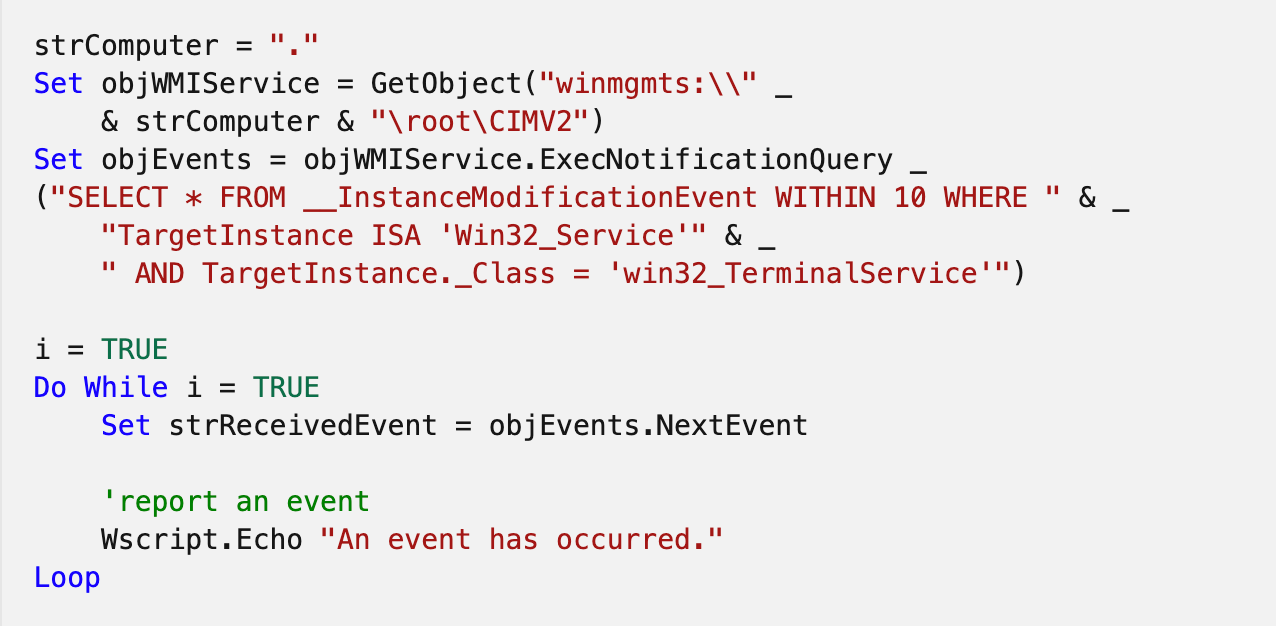
Schema Queries
Schema queries are used to retrieve information about the schema of the WMI repository. The schema of the WMI repository is a set of definitions for all the classes, properties, methods, and events that are available in WMI. Schema queries can be used to retrieve information about these definitions.
For example, a schema query might retrieve the definition of the Win32_Process class, including the names and types of its properties and the signatures of its methods. Schema queries can also be used to retrieve information about the relationships between classes, such as the inheritance relationships between classes and the associations between instances of different classes.
The following example schema query shows the syntax.

Advanced WMI Features
WMI provides a higher level of representation of systems, supporting properties, events, and methods on top of the object classes used by SNMP. The WMI system classes providers supply the WMI service with data from managed objects and handle requests to change the state of managed objects. The WMI provider class defines the methods for a provider.
WMI also supports remote management. The WMI service acts as a server component, allowing management applications to connect to it remotely. This feature is particularly useful for managing remote computers in a Windows enterprise network.
WMI in Network Monitoring and Management
WMI plays a crucial role in network monitoring and software management systems. It provides an in-depth analysis of devices, including current configuration parameters, status values, CPU load, memory usage, software and hardware audits, application availability, and operating system failures. WMI can be used to monitor any desktop or server running the Windows operating system in public, private, or hybrid environments.
Security Considerations in WMI
Security is a critical aspect of any management infrastructure. WMI provides several security features to protect the management of data. For example, WMI uses the Distributed Component Object Model (DCOM) for remote access, which provides a robust set of security features. It also allows administrators to set permissions on WMI namespaces and classes, ensuring that only authorized users can access the management data.
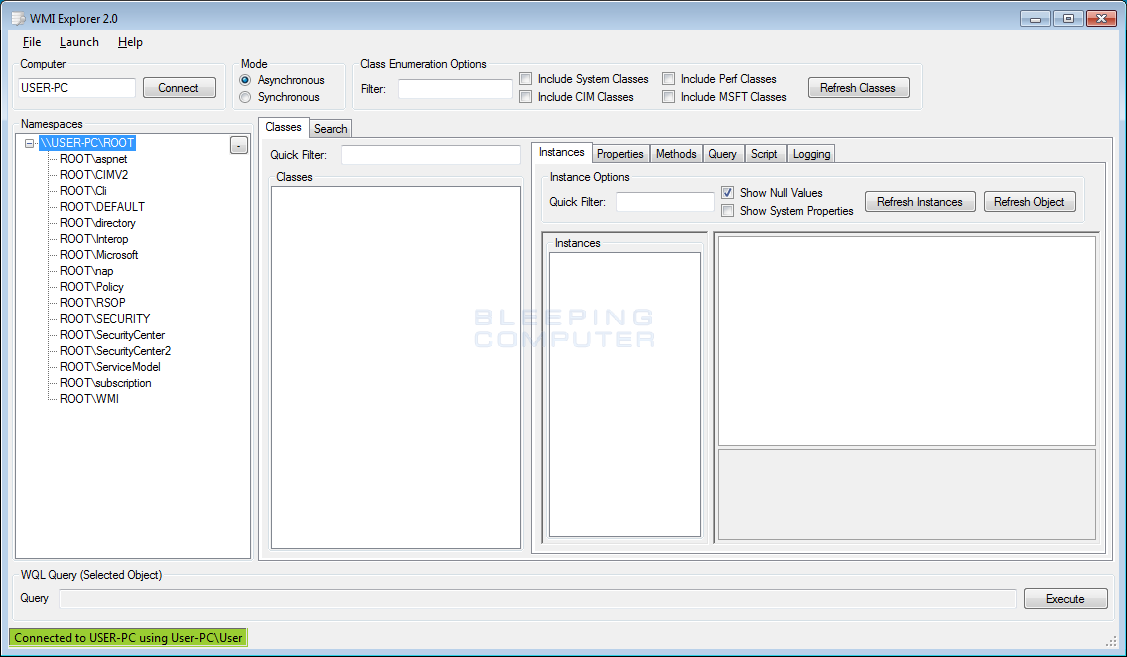
WMI Monitoring Tools
There are several WMI administrative tools available that can help manage boot configuration data and monitor the WMI infrastructure. These tools provide a graphical user interface to display and manipulate the data in the WMI repository. Some tools also allow you to build scripts without any coding knowledge. Examples of such tools include WMI Explorer and WMI Event Viewer.
Future of WMI
The future of WMI looks promising. With the continuous development of the Windows operating system, WMI is expected to become even more powerful and versatile. The latest versions of the Windows Server and supported Windows platforms come with enhanced WMI features, making it easier for administrators to manage enterprise network components.
Simplicity vs. flexibility
So which monitoring solution is right for you? The answer will depend on the size and complexity of your network, your management infrastructure standards, the skills of your network administrators, and your available budget.
One of the major advantages of SNMP is that it is easy to deploy and configure even on larger networks. It can also be used to manage all devices on the network regardless of the manufacturer. Many SNMP tools are also free which helps keep costs down. The downside is that standard SNMP features are very basic.
If you require more sophisticated data and configuration options and you operate a large Windows OS environment, then WMI is the way to go. This will provide you with a powerful framework to streamline the monitoring and management of your Windows OS environment. The downside is more complexity and increased operational overhead.
Deep Dive into WMI Providers
WMI providers are a critical component of the Windows Management Instrumentation (WMI) infrastructure. They act as intermediaries between the WMI service and the managed objects in the Windows operating system. WMI providers supply the WMI service with data from managed objects and handle requests to change the state of managed objects.
Each WMI provider is associated with one or more WMI classes, which are templates for instances of management data. These methods can be used to retrieve data, change the state of a managed object, or trigger an action on a managed object.
WMI providers are implemented as COM objects and are loaded into the WMI service process when needed. They can be written in any language that supports COM, but most are written in C++ for performance reasons.
Understanding the Two Types of WMI Providers
WMI providers are essential components of the Windows Management Instrumentation (WMI) infrastructure. They act as intermediaries between the WMI service and the managed objects in an enterprise environment. There are two primary types of WMI providers: instance providers and event providers. Each type plays a unique role in the WMI infrastructure.
Instance Providers
Instance providers are responsible for supplying data for instances of WMI classes. They manage the static data that represents the current state of a managed object. For example, an instance provider for a disk drive might supply data about the drive’s current capacity, free space, file system, and other properties.
Instance providers handle requests from the WMI service to retrieve or modify the properties of a managed object. When a management application makes a request to read or write a property of a managed object, the WMI service forwards the request to the appropriate instance provider.
Instance providers are also responsible for implementing the methods of a WMI class. When a management application invokes a method on a managed object, the WMI service calls the corresponding method in the instance provider.
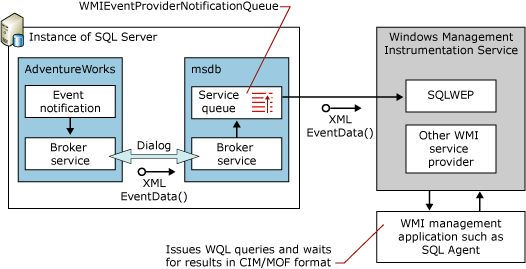
Event Providers
Event providers, on the other hand, notify WMI when events occur. An event can be any significant occurrence in a managed object that might be of interest to management applications. For example, an event provider for a disk drive might generate an event when the drive becomes full.
Event providers are responsible for detecting events and delivering event notifications to the WMI service. When an event occurs, the event provider creates an instance of an event class to represent the event and delivers the instance to the WMI event registration service. The WMI service then forwards the event to any management applications that have registered to receive such events.
Event providers can generate two types of events: extrinsic events and intrinsic events. Extrinsic events represent significant occurrences that are not directly associated with a change in a managed object’s state, such as a user logging on or off. Intrinsic events represent changes in the state of a managed object, such as a change in a property value.
Both instance providers and event providers play crucial roles in the WMI infrastructure. Instance providers manage the static data that represents the current state of managed objects, while event providers notify WMI when significant events occur. Together, they enable WMI to provide a comprehensive and flexible framework for managing and monitoring the Windows operating system.
Microsoft Windows Operating System and WMI
The Microsoft Windows operating system is deeply integrated with WMI. WMI is a part of the infrastructure for management data and operations on Windows-based operating systems. It supplies management data and provides a unified way of accessing management information in an enterprise environment.
WMI comes preinstalled with the Windows operating system and is available on all Windows platforms, including Windows Server and Windows Vista. It provides a way for the operating system to expose management data and operations to management applications.
The operating system interface exposes many of its features through WMI classes. For example, the operating system might expose a WMI class for each logical or physical component of a system, such as a disk drive, a piece of memory, or a network adapter. Management applications can use these classes to manage the corresponding components.
WMI also plays a crucial role in the Windows operating system’s event logging system. The Event Log Provider in WMI provides access to the event logs on a local or remote system. This allows management applications to retrieve event log entries and to be notified when new events are logged.
Conclusion
Windows Management Instrumentation (WMI) is a powerful tool for managing and monitoring the Windows operating system. It provides a flexible and extensible architecture for accessing management data and automating administrative tasks. Whether you’re managing a small network of computers or a large enterprise network, WMI tools can help streamline your operations and improve your efficiency.
With the right knowledge and tools, you can leverage WMI to its full potential. Whether you’re using the WMI command line, writing WMI queries, or creating WMI scripts, there’s a wealth of resources available to help you get the most out of WMI. And with the ongoing development of the Windows operating system and WMI, you can expect even more powerful features and capabilities in the future.